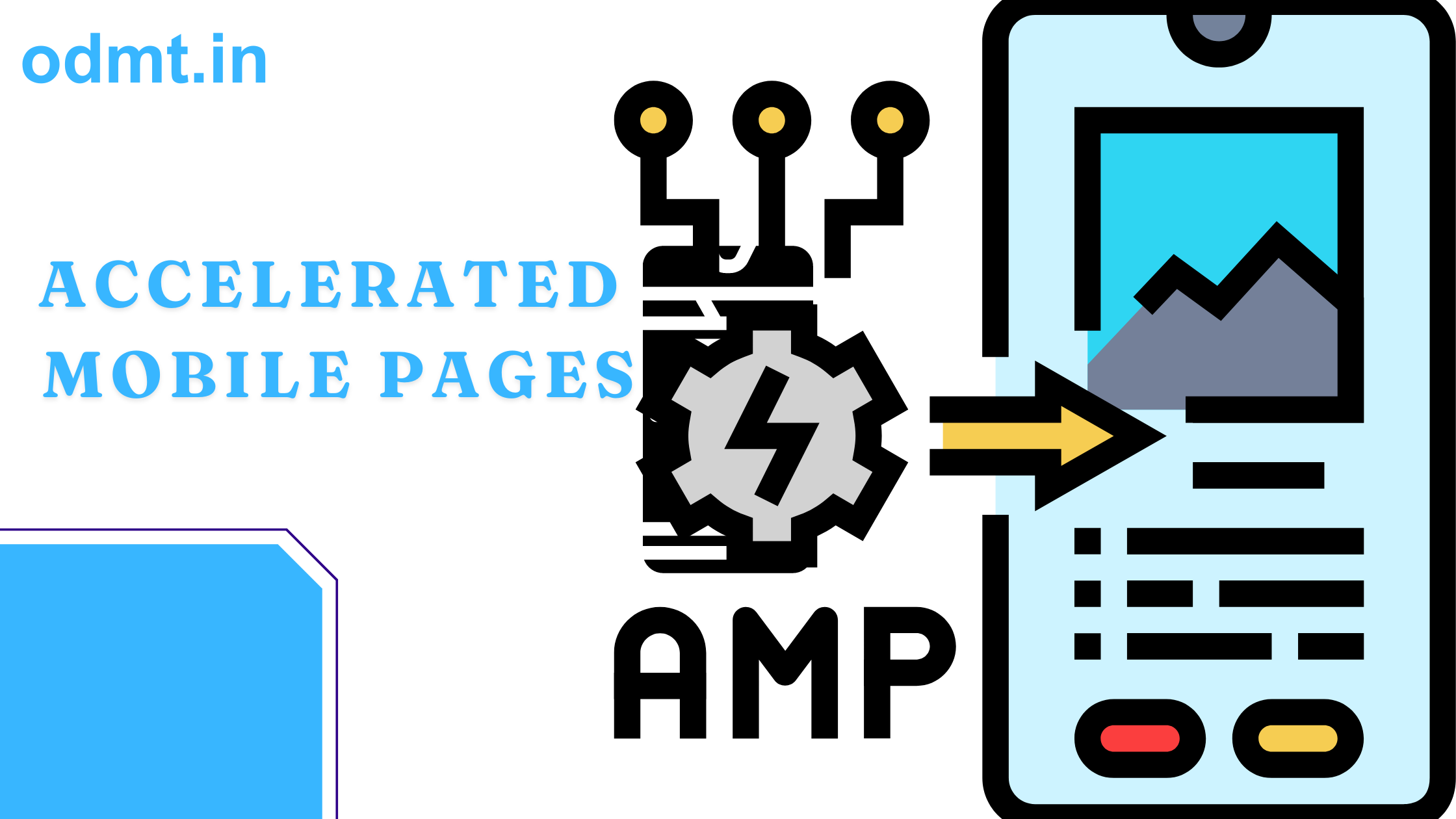What is AMP (Accelerated Mobile Pages)?
AMP (Accelerated Mobile Pages) is an open-source framework developed by Google to create fast-loading, mobile-friendly web pages. It is designed to improve user experience by reducing page load time, especially on mobile devices.
Key Features of AMP
✅ Lightning-Fast Loading – AMP pages load almost instantly due to stripped-down HTML and optimized JavaScript.
✅ Mobile Optimization – Ensures smooth performance on mobile devices.
✅ Improved SEO & Ranking – Google prioritizes AMP pages in mobile search results.
✅ Better User Experience – Reduced bounce rate and enhanced engagement.
✅ AMP Cache – Google caches AMP pages for even faster delivery.
How Does AMP Work?
- Uses a lighter version of HTML (AMP HTML).
- Restricts heavy JavaScript usage for speed optimization.
- Uses a content delivery network (AMP Cache) to store and serve AMP pages quickly.
Advantages of AMP
🔹 Faster page speed = Higher engagement
🔹 Boosts mobile search rankings
🔹 Increases ad visibility and revenue
🔹 Optimized for Google Discover and Top Stories
Disadvantages of AMP
❌ Limited customization – Some design and functionality restrictions.
❌ Ad revenue impact – Certain ad formats may not work as expected.
❌ Not essential for all websites – Websites with optimized speed may not need AMP.
Who Should Use AMP?
✔️ News websites & blogs (For appearing in Google’s Top Stories)
✔️ E-commerce stores (For better mobile conversions)
✔️ Publisher sites (For ad visibility and engagement)
While AMP is not a direct ranking factor, its impact on speed and user experience can indirectly boost SEO and rankings. 🚀

WRAPPING UP:
It uses less HTML code and optimised javascript to build lightweight versions of web pages that load quickly on mobile devices. AMP prioritises content above unnecessary features,Which enhances page performance, lowers bounce rates, and boosts user engagement.
